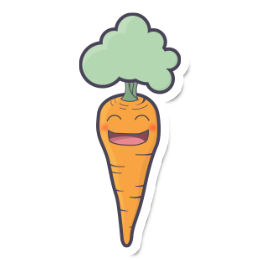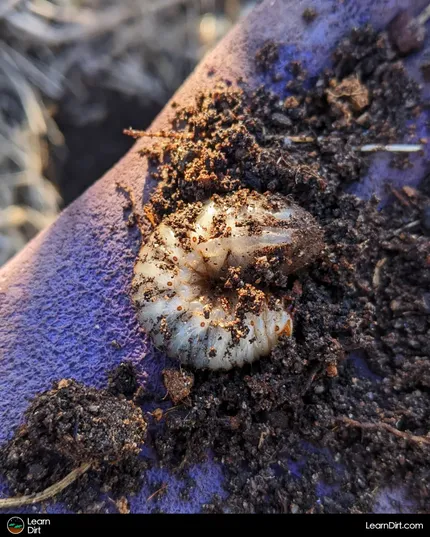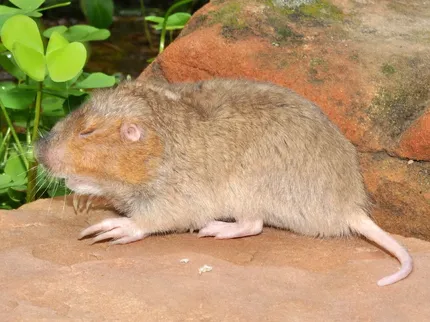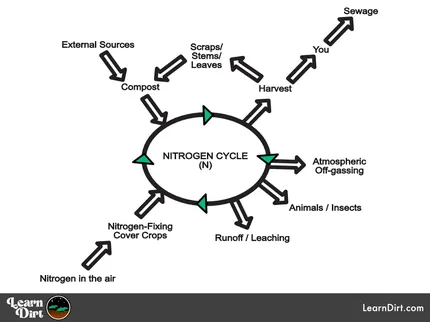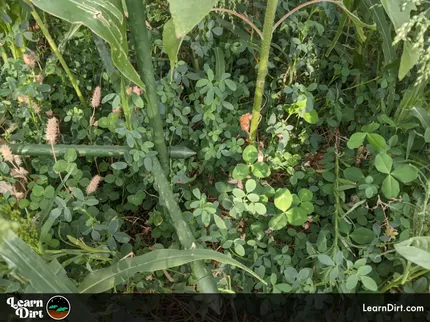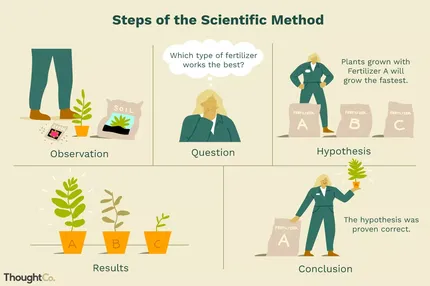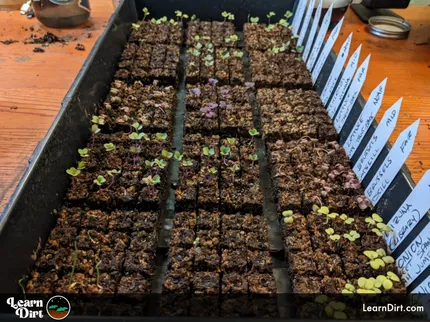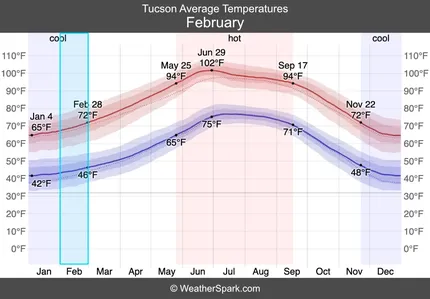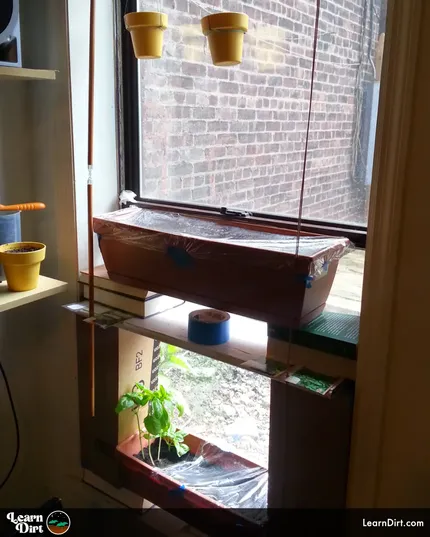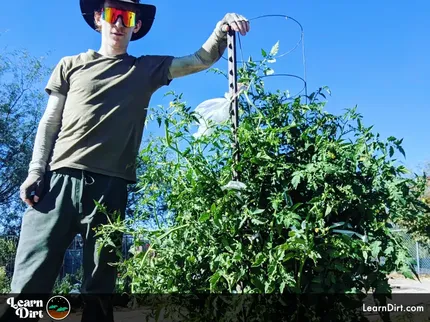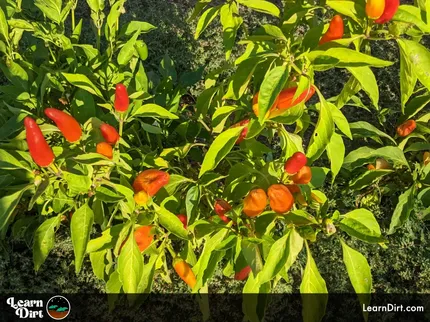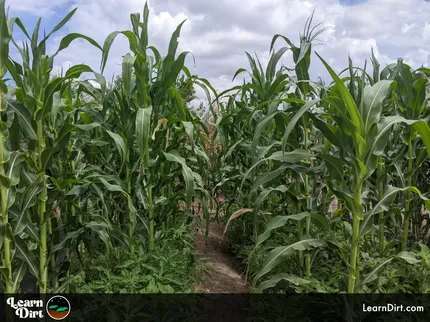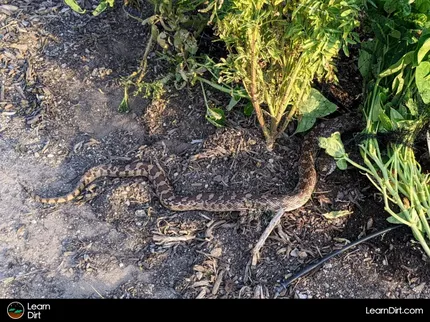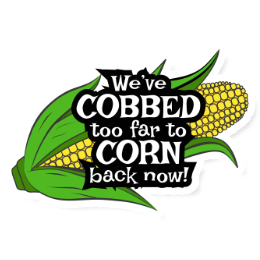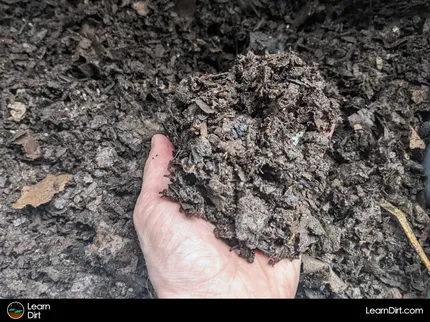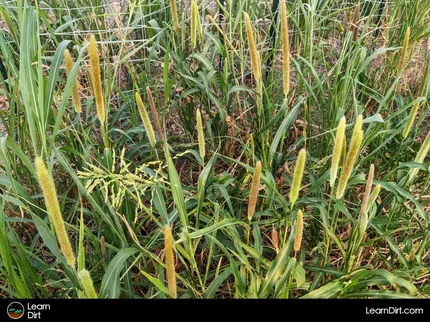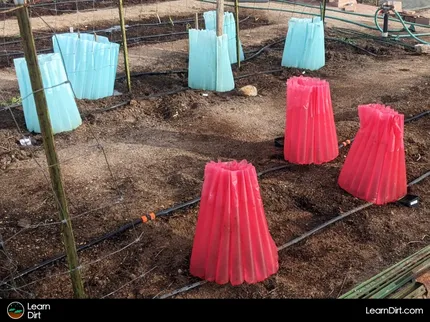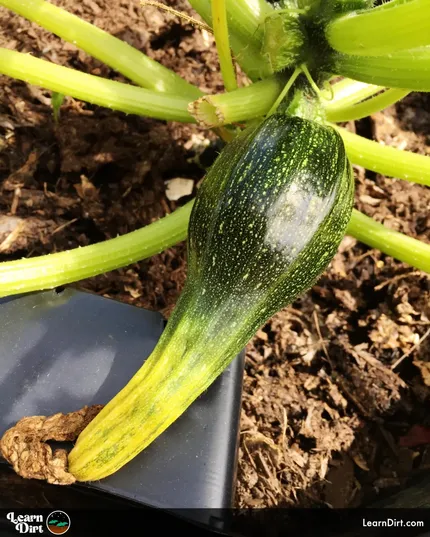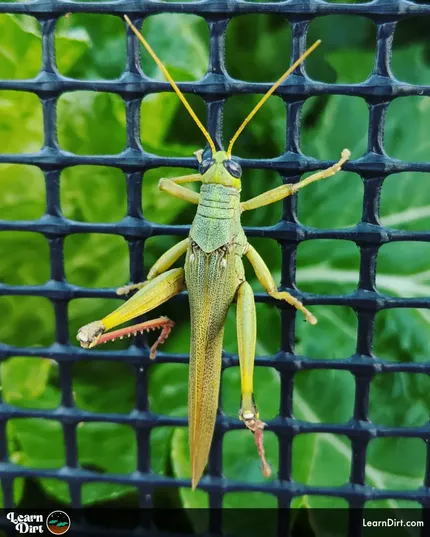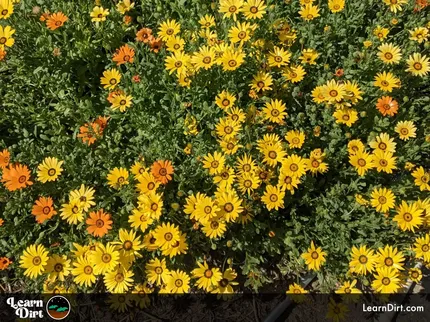Table of Contents
* Our articles never contain AI-generated slop *
If you're a gardener, you're likely familiar with lots of plants and plenty of pests.
How familiar are you with the full cast of local pollinators who visit your garden, though?
Here in the Sonoran Desert, we've got a unique list of characters who will come to your aid and help keep your veggies and flowers pollinated.
Disclaimer: This post may contain affiliate links. Refer to the privacy policy for more information.
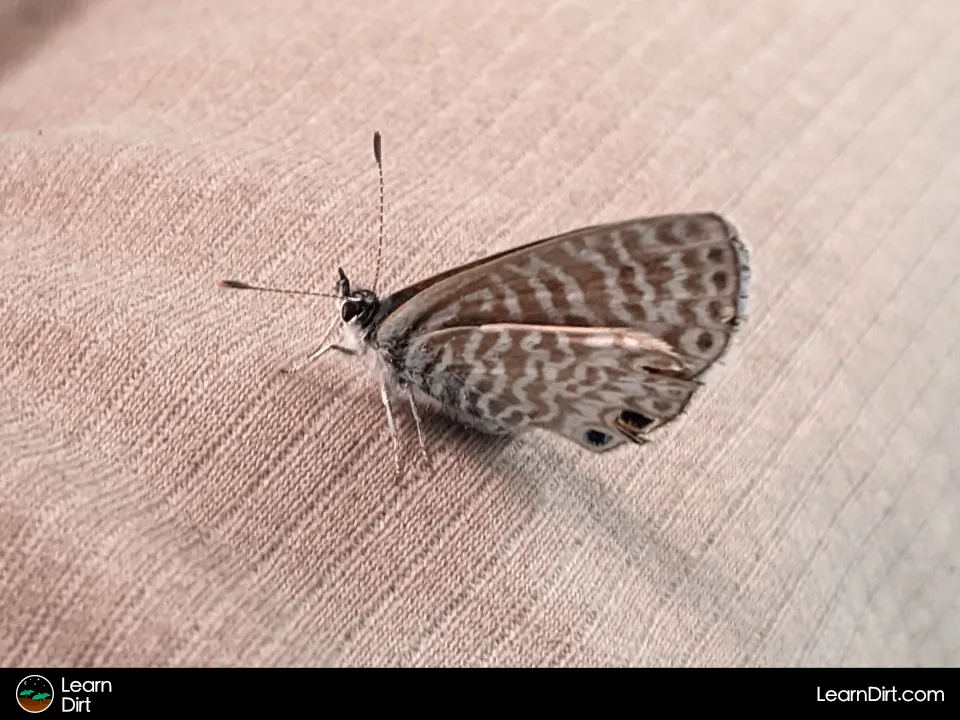
Assuming you aren't spraying insecticides in your desert garden (yuck), expect some of the following pollinators to show up right when you need them most:
List of Sonoran Desert Pollinators
Moths
moths are the #1 pollinator in the Southwestern US. That's right, moths do a ton of work all night long helping transfer pollen and ensuring that your veggies grow!
Moths are the reason so many flowers open at night in the desert, unlike in cooler regions.
Why, then, would you kill and remove caterpillars from your garden which would have grown up to pollinate your plants?
This is all too common with gardeners and shows a failure to fully think through the long-term consequences of actions.
Ants
Many gardeners find ants annoying, but they're one of the best pollinators in the desert!
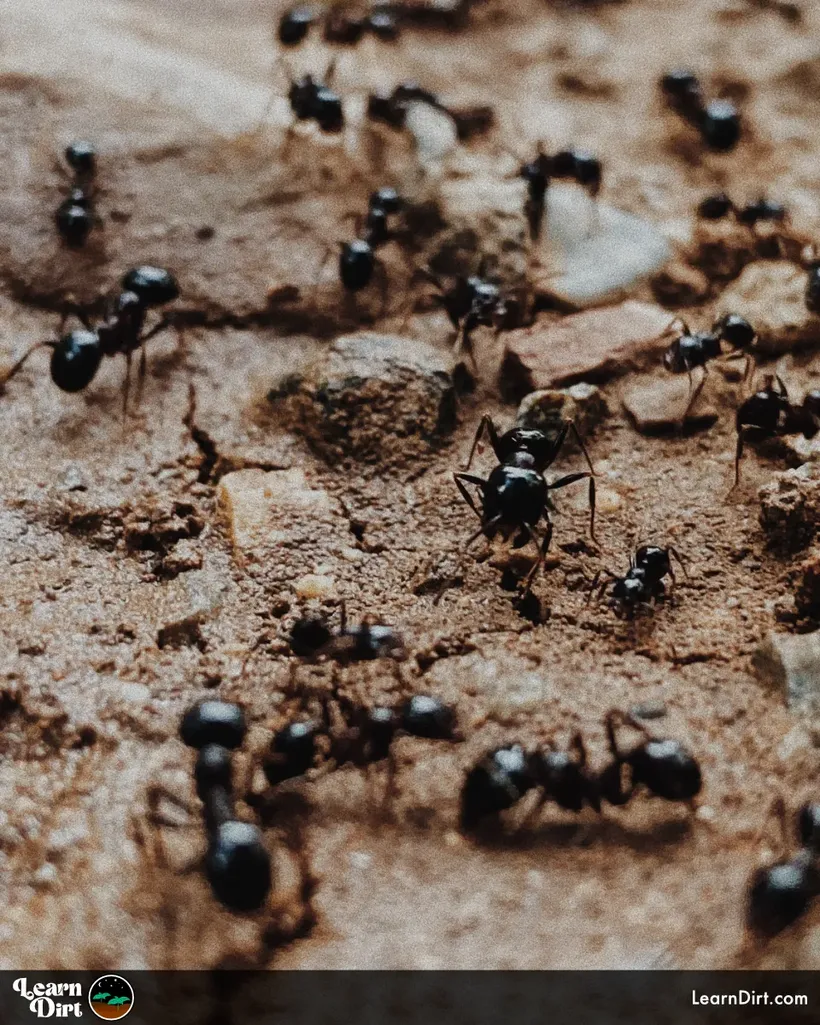
Ants are easily one of the most under-appreciated garden inhabitants here in the Sonoran Desert.
Join The Grower's Community
Find your people.
Your voice matters here 🌱
Check It Out!
I've seen gardener after gardener curse them off, squish them, flood their homes, encircle them with diatomaceous earth, spray them with chili + garlic water and even poison them with nasty synthetics.
This is foolish at best. Ants are essential to desert gardening. They're one of my favorite critters around my veggies. They're incredible pollinators and even more amazing composters.
Nobody in the garden works harder than ants and they deserve as much respect as any other garden critter.
Just don't step on / squish creatures you don't want to be bitten by.
Seriously, they release a pheromone when you step on them and mess with them which causes them to swarm and bite. Instead, tucking your pants into your socks, your shirt into your pants, your sleeves into your gloves, and a buff into your shirt is an easy way to prevent ant bites if they're annoying you. Mosquito head nets also work great during peak ant season. Donning a few protective layers is an infinitely better solution than trying to kill all the ants in your garden - that's futile and not smart.
Remember all creatures will defend themselves when threatened, but that doesn't make them any less important in your garden.
Hummingbirds
Hummingbirds may visit over 1,000 flowers each day, sipping on nectar to maintain their energy and transferring pollen in the process.

Bats
Beetles
Birds
Rodents
Native Plants to Attract Beneficial Insects
The best way to attract beneficial insects in Tucson is to plant native!
Native plants, especially flowering plants, are the food and shelter sources which local beneficial insects have evolved alongside for eons.
Native plants are also adapted to the local climate, the extremely alkaline soil, the low organic matter content, the inconsistent rainfall and the extreme sun exposure in Tucson. They are much more hearty and resilient in this climate than most plants, requiring little care and no supplemental watering. That means not only will they attract and harbor native beneficial insects, but they'll do it without needing much of your time, attention, or resources.
Native plants will attract beneficial bugs which are equally well-adapted for the harshness of this environment.
Often, the local beneficials will share symbiotic relationships with native plant species and have evolved to be inter-dependent.
Let's look at some specific examples of native Tucson plants which attract beneficial insects:
Milkweed
Milkweed leaves are the sole source of food for monarch caterpillars.
Adult monarchs also drink nectar from milkweed flowers, making it a critical plant species for supporting these fascinating pollinators!
Along with monarchs, milkweed will also attract a variety of other beneficial critters, such as ladybugs, lacewings, and hoverflies. Are you growing milkweed in your garden or landscaping yet?
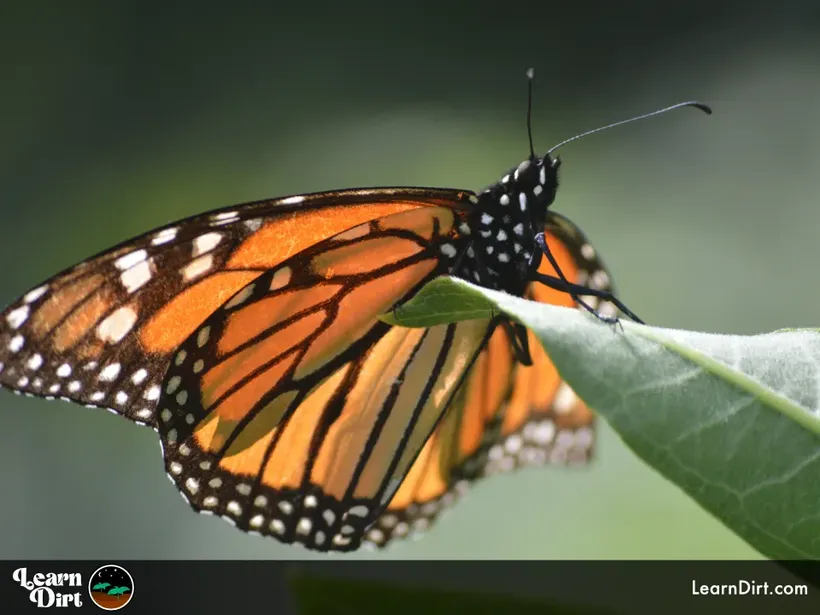
Arizona has a few dozen native milkweed species, so you're bound to find one that works well for your space. Here are a few, but I encourage you to do your research for a full list before choosing a species:
- Asclepias angustifolia - Arizona milkweed
- Asclepias subulata - Desert milkweed
- Asclepias asperula - Antelope horns milkweed
- Asclepias linaria - Pineneedle milkweed
- Asclepias erosa - Giant sand milkweed
- Asclepias albicans - White stem milkweed
Desert Marigold
Baileya multiradiata - Desert marigold is a hardy perennial that's native to the Sonoran Desert. Not only does it look great, but it's an incredible attractor for all manner of beneficial insect friends.
The list includes bees, butterflies, and ladybugs among others.
Arizona Sage
Salvia arizonica - Arizona Sage, aka Desert Indigo Sage is a drought-tolerant plant that attracts a wide variety of pollinators.
Dig Cool Merch?
Notably, AZ Sage is known for attracting large numbers of native bees. This makes Salvia arizonica a great species to attract beneficial pollinators in Tucson.
That's all for now, thanks for reading!
If you have any questions, comments, or would like to connect with fellow gardeners, head on over to the forum and post there.

![Don't Till Away Your Carbon [Neon]](/media/product_images/dont-till-away-your-carbon-[neon]_shirt_260x260.png)

